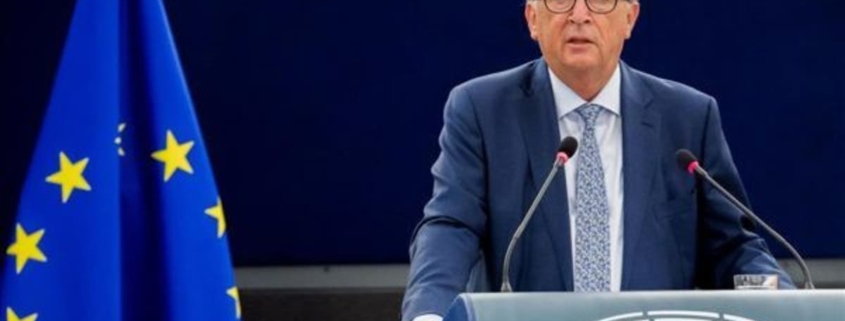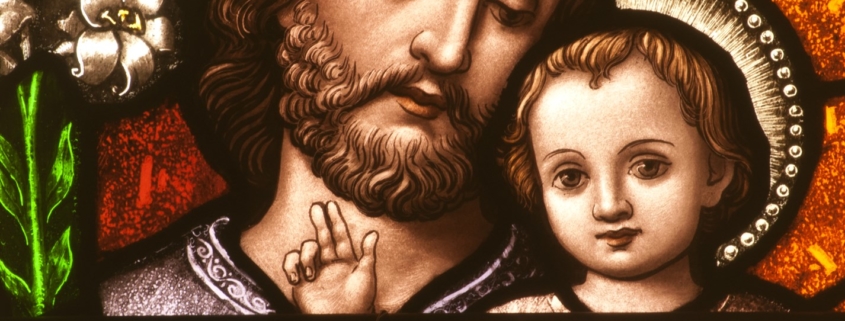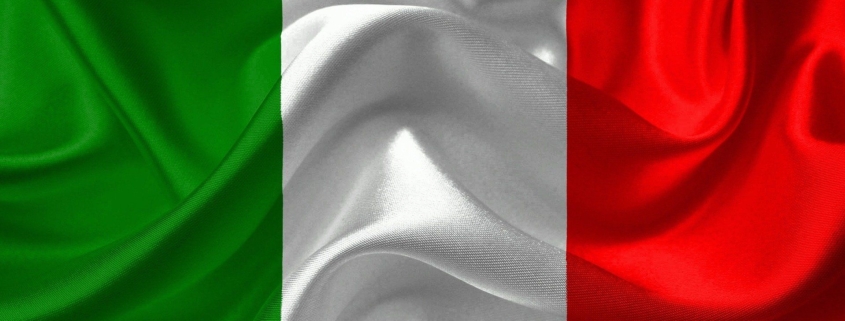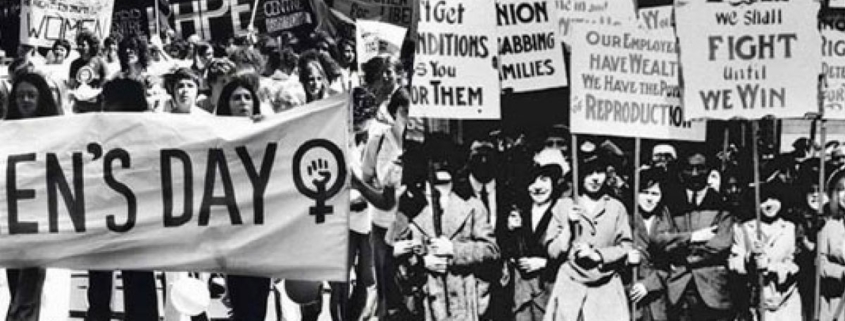The European Parliament voted in favour of backing the EU Committee draft directive to stop the one-hour clock change in the European Union last March 2019. DST proved unpopular in the EU by a 2018 public survey, with more than 80% of 4.6 million respondents voting to put an end to seasonal clock changes.
Soon after, the European Commission issued a draft directive to permanently scrap DST in the EU by April 1st, 2019 – no joke!
The original draft proposed that the last EU-wide clock change would be setting clocks forward one hour on Sunday, March 31, 2019. In the meantime, each Member State should have decided whether to remain permanently on “summer time” or to change their clocks back one final time to permanent standard time on Sunday, October 27, 2019.
However, basing an EU legislative change merely on a popular vote caused several Member States to raise timely concerns. The initial plan proved to be too ambitious as several EU Member States called for more time before putting an end to the practice. The main issue voiced in the draft compromised the proposal that the April 1st 2019 deadline was “too ambitious”.
A number of EU Member States called for more time and impacted assessments to be conducted before putting an end to setting clocks back and forth for Daylight Saving Time (DST). In the compromise, this deadline has been pushed two
years ahead, to April 1st 2021. The aim is still to end DST by repealing Directive 2000/84/EC.
March Equinox will take place in Universal Coordinated Time on Friday March 20th – 3:49 UCT. In Naples, Italy – 4:49
This astronomical event represents the first day of the spring season in the Northern Hemisphere – even though meteorologically speaking, the first day of spring is commonly considered to fall on the 1st of March. The March (or Spring) Equinox falls yearly on March 19th, 20th or 21st marking the moment that the sun crosses the celestial equator.
The term Equinox derives from the Latin – aequus (equal) and nox (night). During the Equinox the Earth’s two hemispheres receive the Sun’s rays equally and therefore the amount of daylight and darkness is nearly equal – in all parts of the world.
Obviously statistics regarding weather and temperature cycles are generally based on the Earth’s position relating to the sun. Equinoxes and solstices are situated on opposite sides of the equator. The March equinox is known as the
“Spring (vernal) equinox” in the Northern Hemisphere and as the “Autumnal (fall) equinox” in the Southern Hemisphere that takes place in September. The Spring Equinox has been celebrated for centuries as a time of symbolic rebirth. Numerous populations consider the equinox as a positive increase of sunlight hours with earlier dawns and later sunsets. Various cultures celebrate this event to represent new beginnings, celebrating with spring festivals and holidays around the March equinox period, just like Easter festivities.

Father’s Day is traditionally celebrated on the third Sunday of June throughout England and America and held on different dates throughout the world. In countries with Catholic traditions such as Italy and Spain, Father’s Day; known as the Festa del Papà is celebrated on what may be recognised as St. Joseph’s Day. The “Feast of St. Joseph”- San Giuseppe was celebrated and considered as a commemoration within the Anglican Communion and the Lutheran Church – but was principally considered as a Christian tradition, celebrated by Catholics, Anglicans and various Lutheran and other religious denominations.
Typical traditions associated with this Saint vary, but in Sicily as well as many Italian-American communities – thanks are given to San Giuseppe for preventing famine. On this day throughout Italy tables are adorned with flowers, candles, wine, bread and meatless dishes to respect the feast occurring during Lent – and in Naples – with Fava beans and sweet “Zeppole di San Giuseppe”. These delicious fried or ovenbaked cream cakes are known as Zeppole throughout Naples and Puglia and as “fritelle” in Rome and Florence.
The zeppole cake is known as a typical Neapolitan pastry claiming the fame having been created by Don Pasquale Pinatauro of Naples in 1840 and may be considered as one of the first street-foods.
Saint Joseph is the patron saint of various cities, regions and countries including Canada, China, Mexico, Austria, Belgium and Peru. He is also the patron saint of families, fathers, expectant mothers, carpenters and working people in general.
So, Happy Father’s Day!
March 17th commemorates the official birth of the Kingdom of Italy in 1861 with a number of events.
The Anniversary of the Unification of Italy was previously celebrated every fifty years – in 1911, 1961 and 2011. Year 2011 marked the 150th anniversary when it was proclaimed as a national holiday on an annual basis. The major representative cities giving value to the national identity and historic values include Naples, Rome, Turin, Genoa, Venice, Florence and Milan.
National Unity Day “Giornata dell’Unità nazionale” was officially approved by parliament by 2012 recognizing the date of the proclamation in Turin in 1861 of March 17th as an annual celebration to consolidate national educational values and citizenship through remembrance.
National Unity Day of Italian Constitution, the anthem, the flag (Italian Parliament, Law n.222 – November 2012)
Saint Patrick’s Day, or the Feast of Saint Patrick (Irish: Lá Fhéile Pádraig) is a cultural and religious celebration occurring annually on the 17th of March, the death date of the most commonly recognised patron saint of Ireland, Saint Patrick (c. AD 385-461). Historically, it is known that Irish society was pagan for thousands of years but was believed to have changed when groups of Christian missionaries, including St. Patrick himself, arrived… Saint Patrick’s Day was made an official Christian feast day in the early seventeenth-century and is observed by the Catholic Church, the Anglican Communion (especially the Church of Ireland), the Eastern Orthodox Church and Lutheran Church. This day commemorates Saint Patrick and the arrival of Christianity in Ireland, as well as celebrating the general heritage and culture of the Irish Population even though St. Patrick’s Day was considered a relatively minor celebration in Ireland until the 1970s. Today celebrations include public parades and festivals – céilithe.
As for the official colour, several antique artworks depict St. Patrick wearing blue vestments and blue was commonly used on coats-of-arms and flags representing Ireland.
The colour green is thought to have appeared on the scene in modern times to represent the so-called “Emerald Isle”. Saint Patrick’s Day is today widely celebrated by the Irish and Irish-at-heart around the world; especially in Great Britain, Canada, the United States, Argentina, Australia and New Zealand and is a public holiday in the Republic of Ireland and Northern Ireland.
It is believed that the first National Women’s Day was first celebrated in the United States on February 28th 1909.
The American Socialist Party designated this day in honour of the 1908 factory workers strike held in New York where women protested against harsh working conditions.
Universal demonstrations quickly developed to involve numerous claims for women’s rights – including strikes to improve basic working conditions and wage increases.

International Women’s Day 2020 #EachforEqual
International Women’s Day seemingly entered history for the first time in 1917 when the women of St. Petersburg took to the streets to demand the end of war forming the so-called “Russian revolution in February”. This event inspired the Second International Conference of Communist Women in Moscow and they nominated March the 8th as the International Day for workers.
Discrimination against women takes place in all societies and it concerns many different spheres of life, it can have a political, economic, social and cultural basis. The form of women’s rights abuse depends often on the culture and tradition of each society, connected with the woman’s age, ethnic origin and social status. It is not always connected with actually women are frequently and openly justified by governments – in the name of ideology, morality or religion.
On the 25th of March 1911, 146 workers, who were mostly immigrant women lost their lives in the Triangle Factory of New York and this may be considered as what became the breaking point for change. This episode was probably confused with the legend regarding the cotton factory dating from 1908. The Triangle Factory tragedy actually opened discussions for many women’s events and demonstrations that steadily took place throughout Europe, including Germany, Switzerland, Austria and Denmark.
In Italy, the 8th of March was celebrated from year 1922 with similar political values and social demands. The initiative took full power here in 1945, when the Union of Italian Women – which was formed by the Christian and Democratic
Labour, Communist, Socialist and Action political parties, celebrated day in the areas which were already liberated from fascism.
In 1946 the whole of Italy started to celebrate “Festa della Donna” using a flower called the “Mimosa” which flourishes in the month of March and a common gift that has become a symbol for this anniversary still popular today.
The International Women’s Day in recent years has become a symbolic occasion to support and improve women’s rights – including issues such as divorce, contraception, legalization of abortion – and generally defending women’s roles and achievements. The 8th of March celebration is of global importance and may be considered as what was a historical starting point demanding dignity and respect – becoming an important symbol fighting against the oppression and discrimination which women have had to endure over the centuries, but sadly still today in many countries struggle to demonstrate.

FREE DISTRIBUTION POINTS
PICK UP YOUR FREE COPY
EVERY MONTH
IN & AROUND NAPLES!
Buon Viaggio!
INCLUDING: past & present Sponsors;
Bars, Restaurants & Hotels;
Information Points & Tourism Boards:
Pozzuoli,
Napoli – Piazza del Gesù,
Palazzo Toledo – Pozzuoli
Pozzuoli Carney Park – Info Center,
Golf Course and Fairway Tavern
NATO Allied Military communities:
Joint Force Command Naples
JFC Naples – Lago Patria:
JFC Main Complex,
JFC Family Center,
JFC Library and Post Offices,
JFC Pelino’s Cafè, Villa Victoria
(British Community HIVE)
US Navy Military Bases:
USO Naples ITT – Tickets & Travel
(Gricignano / Capodichino)
MWR Naples, GEICO Insurance Office
(US Navy Support Site
Gricignano – Aversa)
CONTACTS
Info:
(+39) 348 5172806
(+39) 081 8049120
eMail: info@mycountrymagazine.it






